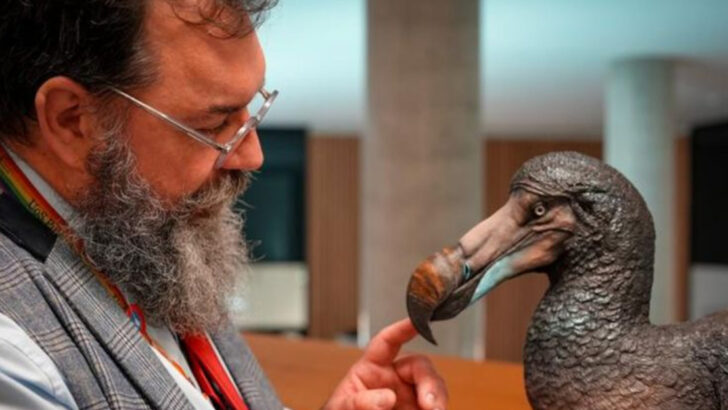The dodo bird, an iconic symbol of extinction, has captured the imagination of historians and nature lovers alike.
Known for its distinctive appearance and tragic demise, the dodo was a flightless bird native to Mauritius. While often misunderstood, the dodo’s story remains a poignant reminder of the impact of human activities on biodiversity.
This blog post explores fascinating facts about the dodo, shedding light on its unique characteristics, its environment, and the reasons behind its extinction.
Discover these ten must-know facts about the dodo bird and gain a deeper understanding of nature’s most famous extinction.
Dodo’s Unique Appearance
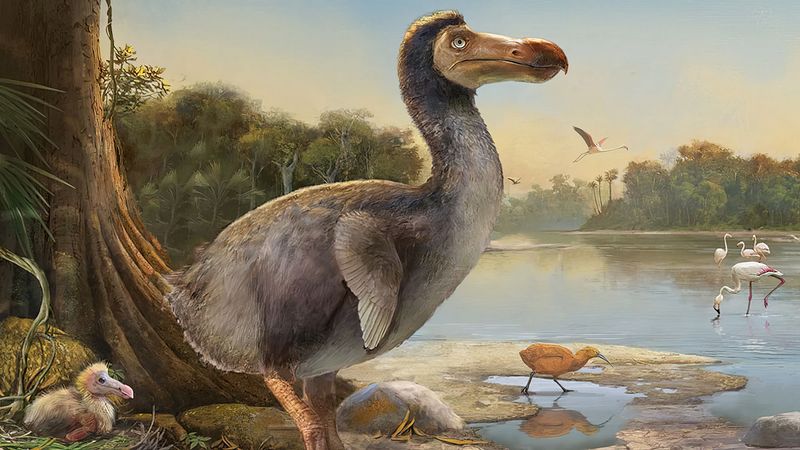
The dodo bird wasn’t just any bird; it had a unique, almost comical appearance. With a robust body, small wings, and a large hooked beak, it made quite the impression.
Its plumage was greyish, adding to its distinct look. Although unable to fly, its stout legs made it an agile runner. Interestingly, its beak was not only for eating fruits but played a role in its defense.
The dodo’s appearance intrigued 17th-century explorers, who often depicted it in their travel logs. Did you know? Its large beak was perfect for crushing the tough seeds of its native habitat.
Habitat of the Dodo
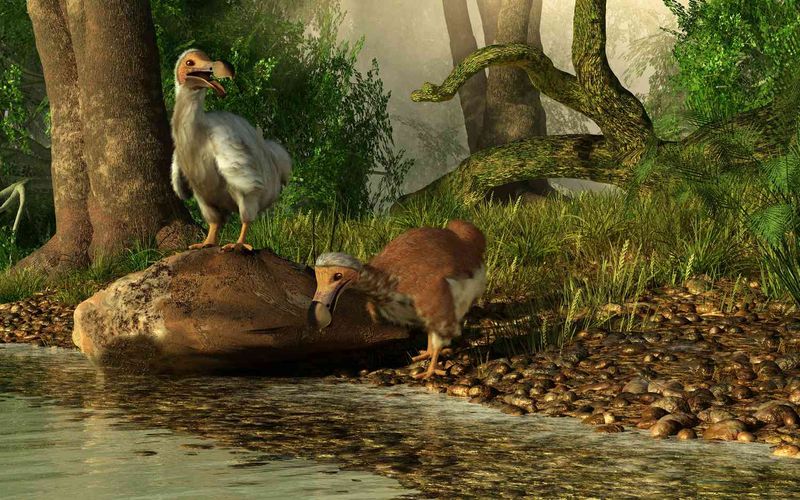
Mauritius, an island nation in the Indian Ocean, was the exclusive home of the dodo bird. The island’s lush forests and abundant fruit-bearing trees provided ample food and shelter for the dodo.
They lived in harmony with the unique ecosystem, sharing the land with other endemic species. Sadly, the arrival of humans disrupted this balance. The dense forests offered little protection against hunters and introduced predators.
Despite these challenges, the dodo adapted to the seasonal changes within its lush environment. Its habitat was as unique as the bird itself, a paradise now remembered only in stories.
Dodo’s Diet and Feeding Habits

The dodo bird had a varied diet, feasting on fruits, seeds, and nuts found in its lush Mauritian habitat. Its large beak was an efficient tool, allowing it to crack open tough seeds and nuts with ease.
Fruits were plentiful, forming a significant part of its diet. The dodo’s feeding habits were as unique as its appearance, with seasonal variations in available food sources.
Interestingly, it played a crucial role in seed dispersal, aiding the growth of certain tree species. The symbiotic relationship with its environment was vital, though ultimately disrupted by external factors.
Extinction of the Dodo

The extinction of the dodo bird is a poignant tale of human impact on nature. By the late 17th century, the dodo had vanished from Mauritius, primarily due to hunting and habitat destruction.
European settlers introduced invasive species like rats and pigs, which preyed on dodo eggs. The loss of their natural habitat further hastened their demise. Despite the dodo’s inability to fly, it was a resilient species, adapting to its environment until human intervention.
Did you know? The dodo’s extinction was one of the first human-induced extinctions recorded, sparking awareness about conservation.
Myth vs. Reality: Dodo’s Behavior

Contrary to popular myths, the dodo was not a foolish or lazy bird. In reality, it was a curious and social creature, well-adapted to its environment. Its inability to fly led to misconceptions about its intelligence and behavior.
However, the dodo was adept at finding food and navigating the dense forests of Mauritius. Observations from explorers often misrepresented the bird, stemming from unfamiliarity and cultural biases.
The dodo’s behavior highlighted its adaptability, resilience, and role within its ecosystem. Mythology may have painted it as clumsy, but in truth, it was a product of its unique environment.
Dodo in Popular Culture
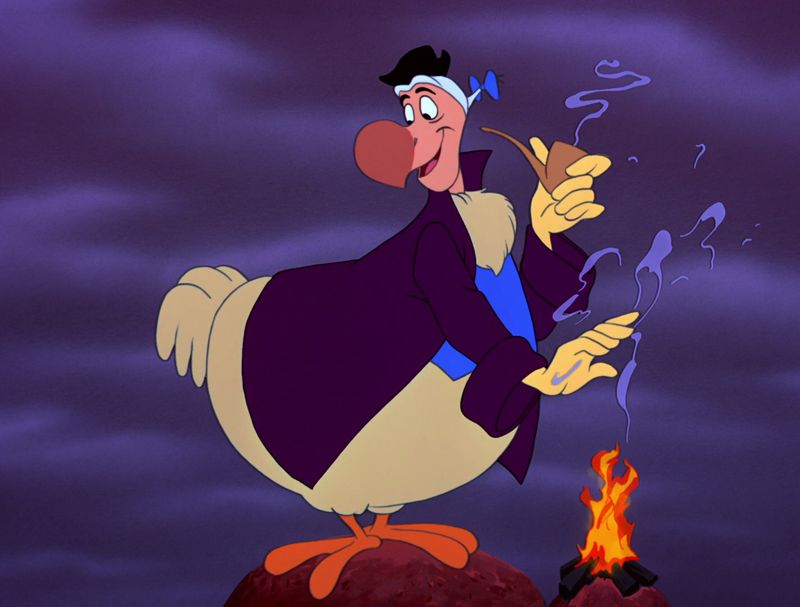
The dodo bird has left a lasting impression in popular culture, symbolizing extinction and curiosity. Lewis Carroll immortalized the dodo in “Alice in Wonderland,” turning it into a beloved character.
This portrayal sparked renewed interest in the bird, highlighting its peculiar charm. Artists and writers alike have used the dodo as a metaphor for lost innocence and the impact of human actions. Its playful depiction continues to captivate audiences, keeping the dodo’s legacy alive.
Did you know? The dodo’s whimsical representation often diverges from historical accuracy, yet it remains a powerful symbol in culture.
Scientific Studies and Discoveries
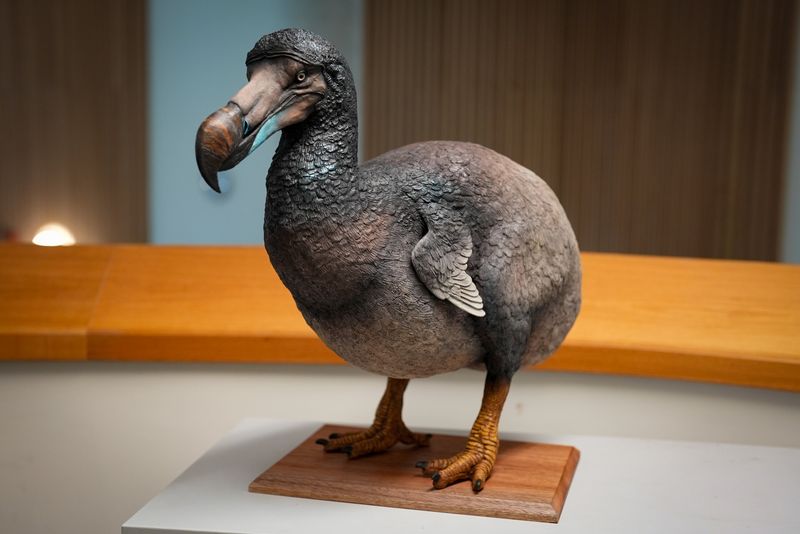
Scientific studies have greatly enhanced our understanding of the dodo bird. Fossil discoveries and genetic analyses have shed light on its evolutionary history and biology.
Research has debunked myths, revealing its closest relatives and natural diet. The dodo’s anatomy, particularly its robust legs and large beak, provided insights into its lifestyle and adaptation strategies.
Did you know? Modern DNA sequencing has helped place the dodo within the pigeon family tree, surprising many researchers. These studies continue to inform conservation efforts, as the dodo serves as a cautionary tale for biodiversity preservation.
Dodo’s Legacy in Conservation
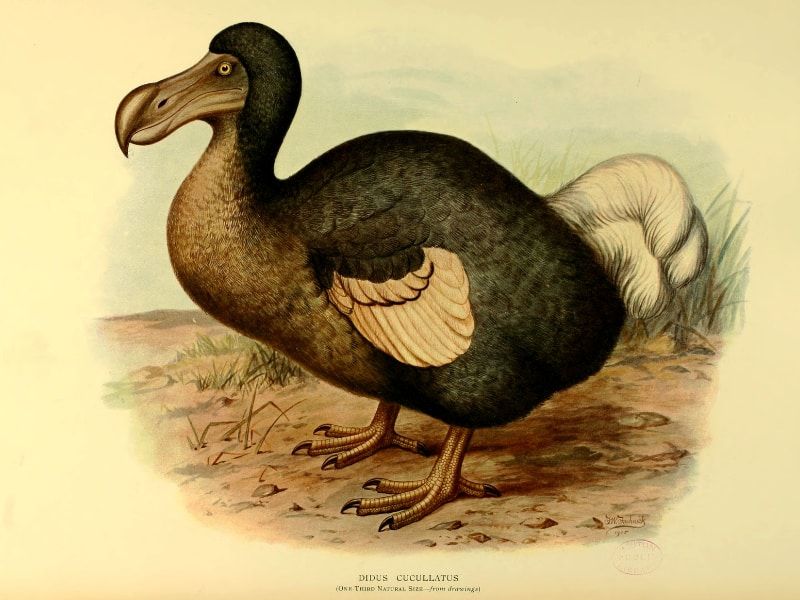
The story of the dodo bird has become a powerful lesson in conservation. Its extinction was a wake-up call, emphasizing the need to protect endangered species and their habitats.
The dodo’s legacy inspires modern conservation strategies, focusing on preventing similar tragedies. Efforts in Mauritius and beyond aim to restore ecosystems and safeguard biodiversity. This historical cautionary tale continues to resonate with conservationists and policymakers.
By understanding the causes of the dodo’s demise, we can implement measures to protect other species at risk. Did you know? The dodo’s story has fueled global awareness about extinction.
Rediscovery Through Art and Museums

Art and museums have played a crucial role in keeping the memory of the dodo bird alive. Exhibits featuring dodo skeletons and artistic renderings provide insights into its life and extinction.
Museums around the world showcase these displays, sparking curiosity and education about the past. Artistic interpretations offer a window into the dodo’s world, blending science with creativity.
Did you know? The Natural History Museum in London houses one of the most famous dodo skeletons, attracting visitors from across the globe. These institutions preserve the dodo’s legacy, reminding us of nature’s fragility.
Dodo’s Role in Ecosystem

The dodo bird played a significant role in its ecosystem, contributing to the balance of nature in Mauritius. It aided in seed dispersal, helping certain plant species thrive.
Its interactions with other animals also played a part in maintaining ecological harmony. Unfortunately, its extinction disrupted these natural processes, leading to unforeseen consequences. The dodo’s role was integral, highlighting the interconnectedness of biodiversity.
Did you know? Some plants, like the tambalacoque tree, were highly dependent on the dodo for seed germination. This relationship underscores the importance of each species in an ecosystem’s health.

